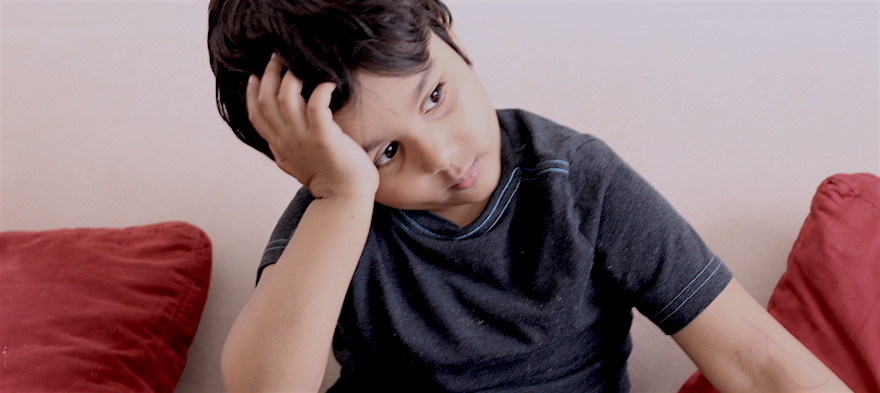
Sep 5, 2018 12:00:00 AM
The report did offer some encouraging trends, suggesting that the overall picture for adolescents is a nuanced one. Compared to a decade ago, fewer students reported having had sex, drinking alcohol or using drugs like cocaine, heroin or marijuana.But, damn, 14 percent.
“We needed a level playing field for kids with mental illness,” says Dr. Ken Byalin, the founder of Lavelle Prep, as he explains the genesis of the school. “There were some special education programs, but there were big gaps in service as students got older.”… Often in “inclusive” classrooms, there are two teachers and really two simultaneous classes. Students may physically sit in the same class, but in fact different teachers are teaching different content. At Lavelle, it’s one class for everyone. As Dr. Byalin says, “There is only one program at Lavelle Prep, and everyone participates.”
Dirk Tillotson is the founder and executive director of the nonprofit Great Schools Choices, which supports community-based charter school development and increasing access for underserved families. He has worked for over 20 years supporting mostly charter community schools in Oakland, New Orleans and New York City, and he’s even consulted on education issues in the Middle East. As a child, his parents moved their family to a high-performing school district where they were the first Black family on the block. The challenges of that experience embedded in him a desire to create academically high-quality schools where students don’t have to check their identities at the door. Dirk currently resides in Oakland, California, and blogs at Great School Voices.
The story you tell yourself about your own math ability tends to become true. This isn’t some Oprah aphorism about attracting what you want from the universe. Well, I guess it kind of is, but...
If you have a child with disabilities, you’re not alone: According to the latest data, over 7 million American schoolchildren — 14% of all students ages 3-21 — are classified as eligible for special...
The fight for educational equity has never been just about schools. The real North Star for this work is providing opportunities for each child to thrive into adulthood. This means that our advocacy...
Your donations support the voices who challenge decision makers to provide the learning opportunities all children need to thrive.
Ed Post is the flagship website platform of brightbeam, a 501(c3) network of education activists and influencers demanding a better education and a brighter future for every child.
© 2020–2024 brightbeam. All rights reserved.
Leave a Comment